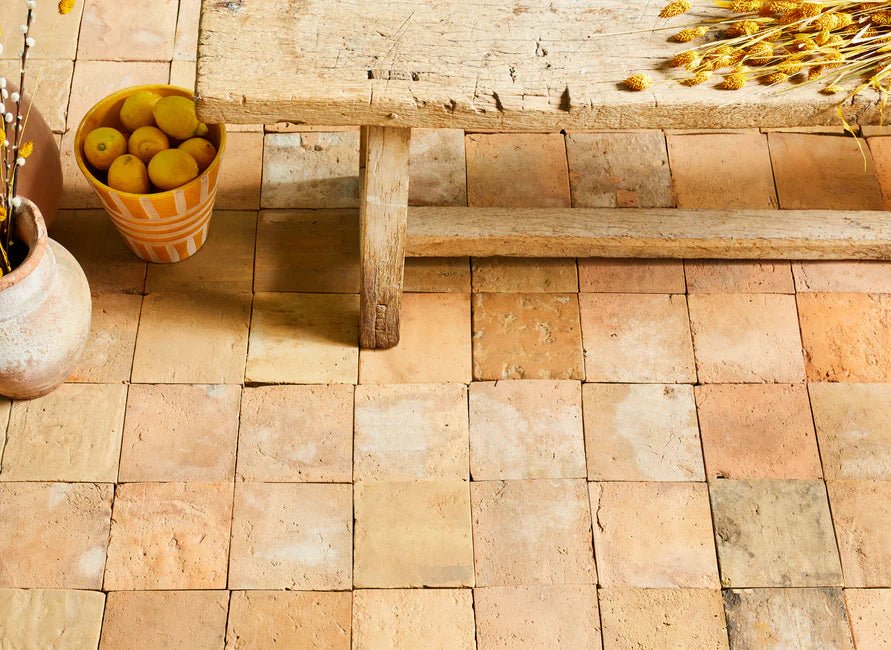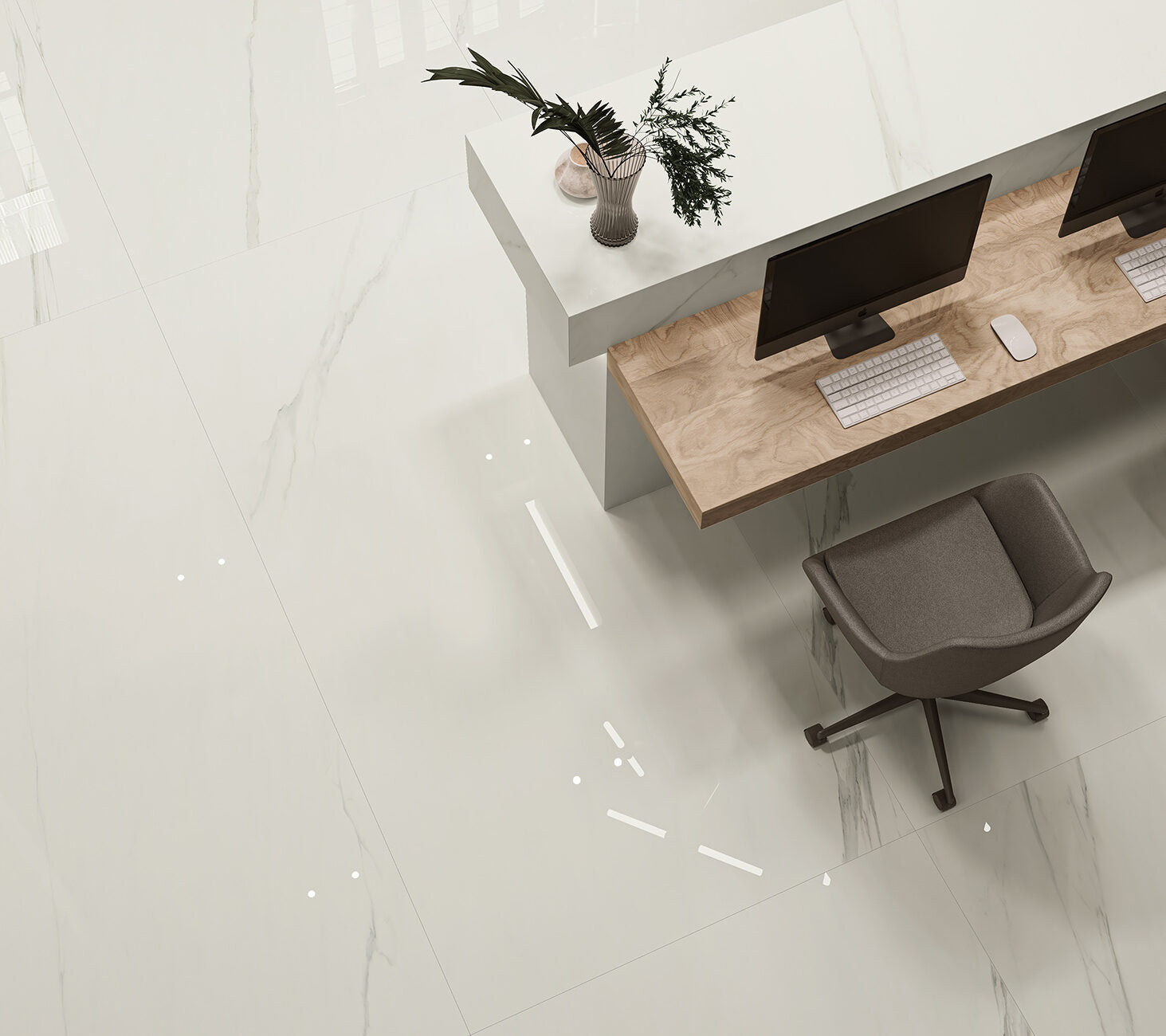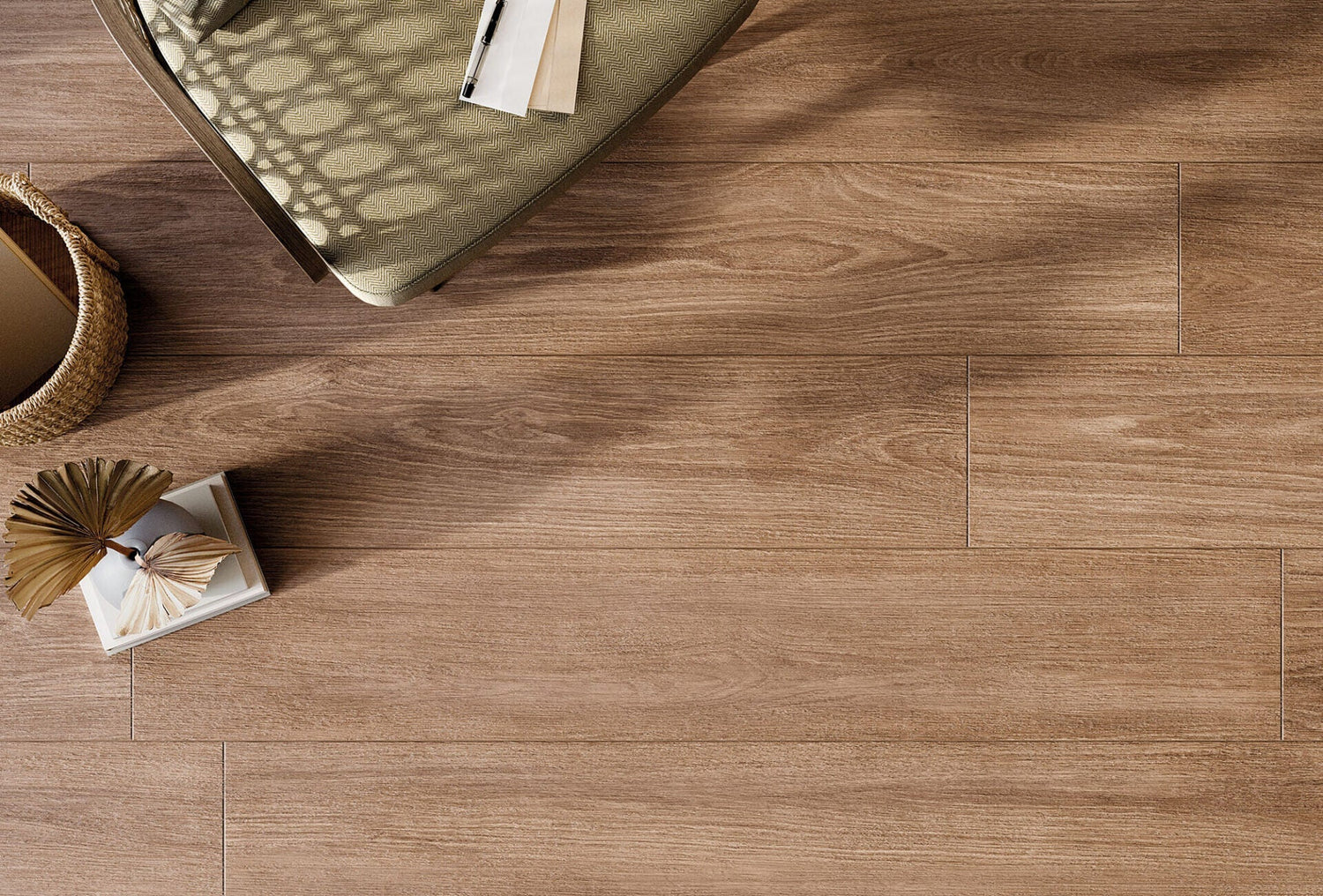Choosing the right tile material for your home can be a daunting task given the variety of options available. Ceramic, porcelain, and natural stone tiles each offer unique benefits and drawbacks. Understanding these can help you make an informed decision that fits your needs, style, and budget. Here’s an in-depth comparison of these three popular tile materials, their pros and cons, and the best use cases for each.
Ceramic Tiles
Ceramic tiles are made from clay that is fired in a kiln, then glazed to create a hard, protective surface available in a wide range of colors and patterns. One of the primary advantages of ceramic tiles is their affordability. They are typically less expensive than porcelain and natural stone, making them an attractive option for budget-conscious homeowners. Additionally, ceramic tiles come in an array of colors, patterns, and sizes, allowing for creative and personalized design choices. The ease of installation also makes ceramic tiles a favorite for DIY enthusiasts, as they are generally easier to cut and install compared to other materials. Maintenance is straightforward; regular sweeping and mopping will keep ceramic tiles looking their best.
However, ceramic tiles are not without their drawbacks. They are not as hard or dense as porcelain, which makes them more prone to chipping and cracking. This means they might not be the best choice for high-traffic areas. Furthermore, ceramic tiles are more porous than porcelain, making them less suitable for very wet areas such as showers. Over time, the glaze on ceramic tiles can wear down, especially in high-traffic areas, which might necessitate more frequent replacements. Given these characteristics, ceramic tiles are ideal for kitchen backsplashes, decorative wall applications, and low-traffic areas where heavy wear and moisture are not major concerns.

Porcelain Tiles
Porcelain tiles, also made from clay but fired at higher temperatures, are denser and more durable than ceramic tiles. Their increased durability makes them highly resistant to chipping, scratching, and cracking. Another significant advantage is their low water absorption rate, which makes porcelain tiles perfect for wet areas like bathrooms and kitchens. Porcelain tiles can mimic the look of natural stone, wood, and other materials, offering a high-end appearance without the associated cost. Maintenance is easy, requiring only regular sweeping and occasional mopping to maintain their appearance.
Despite these benefits, porcelain tiles are generally more expensive than ceramic tiles. Their density also makes them harder to cut and install, often necessitating professional installation, which can add to the overall cost. Additionally, porcelain tiles are heavier than ceramic tiles, which might limit their use in certain applications, particularly on walls. Due to their durability and water resistance, porcelain tiles are excellent for high-traffic areas, commercial spaces, and bathrooms, including shower areas. They are also well-suited for kitchen floors and backsplashes, where their resilience to moisture and spills is highly advantageous.

Natural Stone Tiles
Natural stone tiles, made from quarried stone such as marble, granite, slate, or travertine, offer a unique and luxurious aesthetic that cannot be replicated by ceramic or porcelain. Each type of stone has its own unique properties and appearance, adding a timeless beauty to any space. Natural stone tiles are incredibly durable and can last a lifetime with proper care. They also add significant value to a home due to their high-end appearance and longevity. Each tile is unique, providing a variety of textures and colors that add character to any room.
However, natural stone tiles are typically the most expensive option due to the cost of the material and the labor required for installation. They also require regular maintenance, including sealing to protect against stains and moisture. Some stones can be prone to etching and scratching, which means they need to be handled with care. Depending on the type of stone, they can be more porous and susceptible to water damage if not properly sealed. Additionally, natural stone tiles are heavier than ceramic and porcelain tiles, often requiring reinforced substrates, especially for floor installations. Given their characteristics, natural stone tiles are perfect for entryways and hallways, where their durability and elegance make a strong first impression. In bathrooms, materials like marble can create a spa-like, luxurious feel, particularly for countertops and shower surrounds. Certain types of natural stone, such as slate and granite, are also well-suited for outdoor spaces like patios, pathways, and pool areas due to their natural slip resistance and weather resilience.

Conclusion
When choosing between ceramic, porcelain, and natural stone tiles, consider your budget, the area of installation, and the level of maintenance you’re willing to commit to. Each material has its strengths and weaknesses, but with the right selection, you can enhance the beauty and functionality of your home. Ceramic tiles are budget-friendly, versatile, and easy to install, making them great for low-traffic areas and decorative purposes. Porcelain tiles offer superior durability and water resistance, ideal for high-traffic areas and wet environments. Natural stone tiles provide unparalleled beauty and value, perfect for creating a luxurious and timeless look in both indoor and outdoor spaces. By understanding the pros and cons of each tile material, you can make a well-informed decision that ensures your project is both beautiful and long-lasting. Happy tiling!





